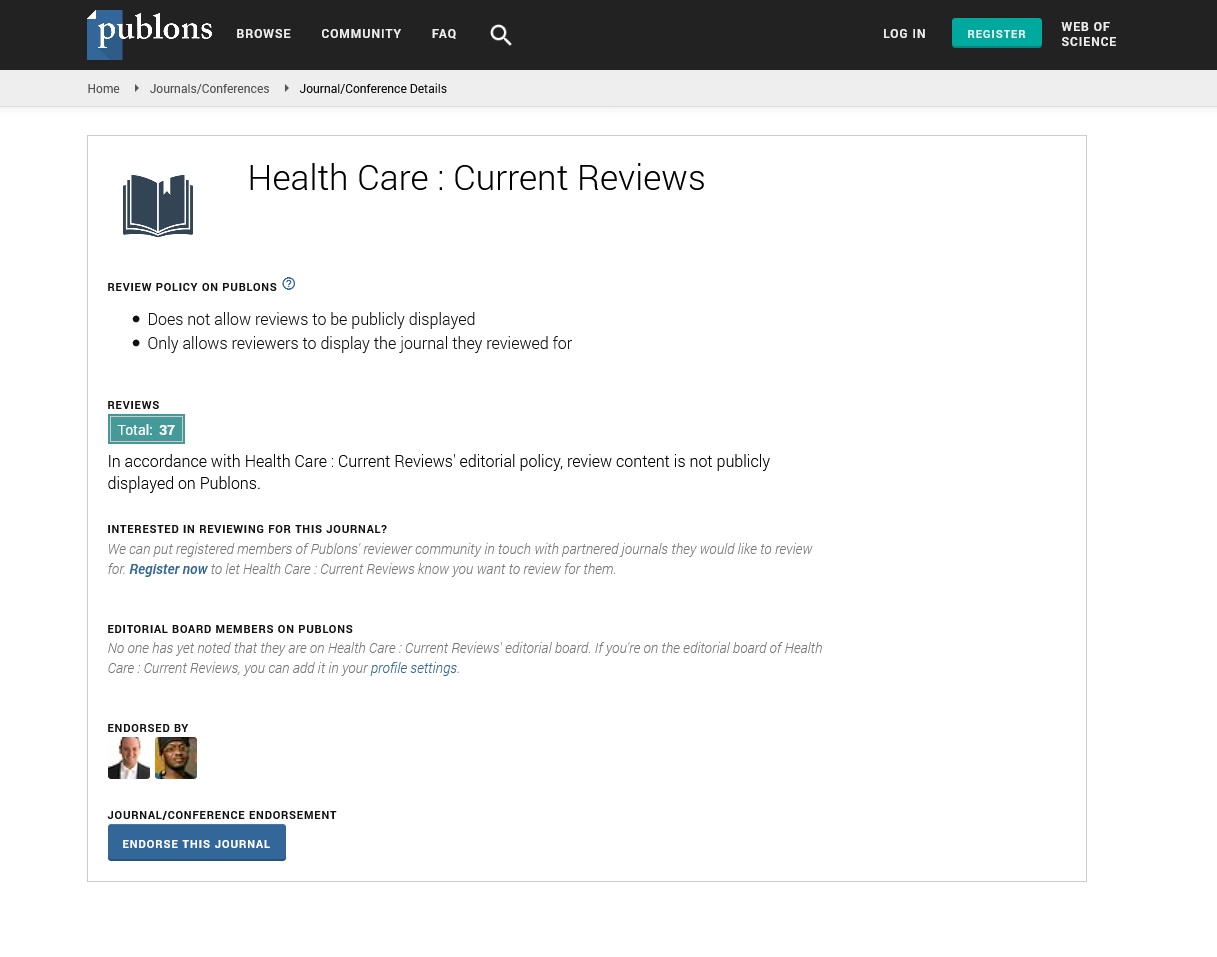Indexed In
- Open J Gate
- Academic Keys
- RefSeek
- Hamdard University
- EBSCO A-Z
- Publons
- Geneva Foundation for Medical Education and Research
- Google Scholar
Useful Links
Share This Page
Journal Flyer

Open Access Journals
- Agri and Aquaculture
- Biochemistry
- Bioinformatics & Systems Biology
- Business & Management
- Chemistry
- Clinical Sciences
- Engineering
- Food & Nutrition
- General Science
- Genetics & Molecular Biology
- Immunology & Microbiology
- Medical Sciences
- Neuroscience & Psychology
- Nursing & Health Care
- Pharmaceutical Sciences
Modern cranioplasty with 3D printed cranial reconstruction
6th Global Healthcare, Nutritionists & Dietician Annual Conference
December 05-07, 2016 Philadelphia, USA
Cristian Peneoasu, Laura Prodan and Chirtes Alin
Carol Davila University, Romania
Carol Davila Central Military Emergency University Hospital, Romania
Scientific Tracks Abstracts: Health Care: Current Reviews
Abstract:
Introduction: Cranioplasty represents the surgical repair of a cranial bone defect. The materials used for reconstruction have varied widely over the years and have evolved from the use of precious materials (gold), to acrylic cement, and finally to 3D printed prostheses. Case Presentation: A 20-year-old male patient was transferred to the neurosurgery department of SUUMC ‚??Dr. Carol Davila,‚?Ě in Bucharest, Romania, from Suceava County Hospital with a Glasgow Coma Score of 11, right crural palsy, and cerebrospinal fluid fistula causing left fronto-temporal fluid accumulation following a car accident. CT examination revealed a bone defect with subcutaneous cerebrospinal fluid build-up which was created after decompressive craniectomy in Suceava Hospital. Management & Results: We usually use intraoperative modeling of acrylic cement but this procedure has many disadvantages. For this case we decided to collaborate with the Politehnica University of Bucharest to create a 3D printed prosthesis. The Politehnica University used the CT scans to print an exact copy of the patient‚??s skull using poly-methyl methacrylate. Then, the engineers precisely cut out the piece that we needed. The surgery was successful and had no intraoperative complications. Post-operative evolution was favorable with noticeable neurological and aesthetic improvement. Conclusions: Multiple studies noted a significant improvement in the cerebral blood flow velocities of all major intracranial arteries, including those on the contralateral hemisphere when using 3D printed prostheses. Using 3D printed cranial prostheses in cranioplasties eliminates most of the disadvantages associated with using acrylic cement intraoperative modeling and can be safely used as an alternative.
Biography :
Cristian Peneoasu and Laura Prodan are 5th year medical students enrolled at the University of Medicine and Pharmacy “Carol Davila” in Bucharest, Romania. Cristian Peneoasu is preparing to become a military doctor. He has been a member of the Romanian Students’ Society of Surgery since 2014 and has been the head of the surgical techniques department of this society since 2015. Laura Prodan has been a trainer at the Romanian Students’ Society of Surgery since 2015. She has also been a member of Students Society of Medicine in Bucharest. Both students are involved in many extracurricular activities at the university.
Email: peneoasu_cristian@yahoo.com

